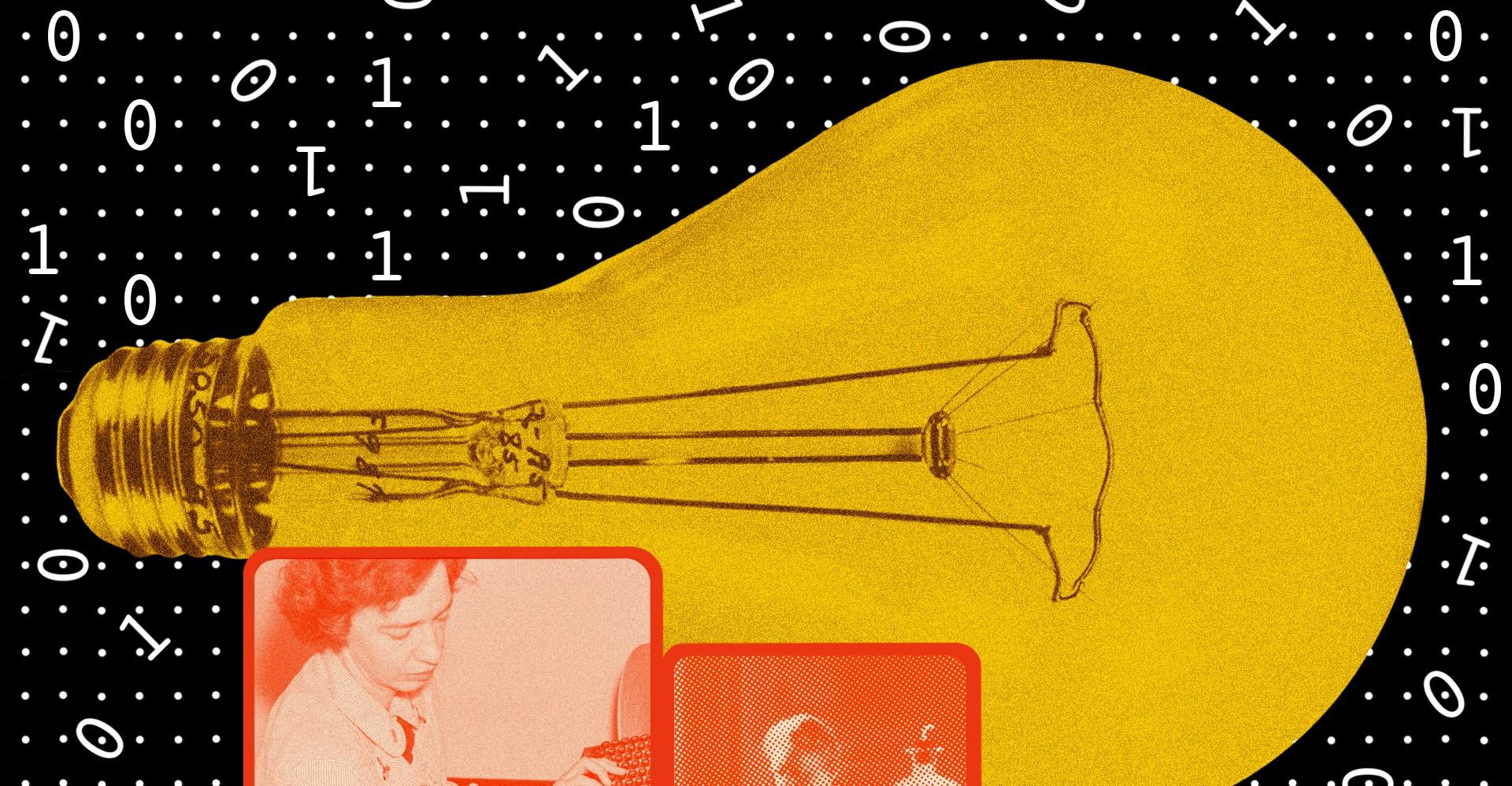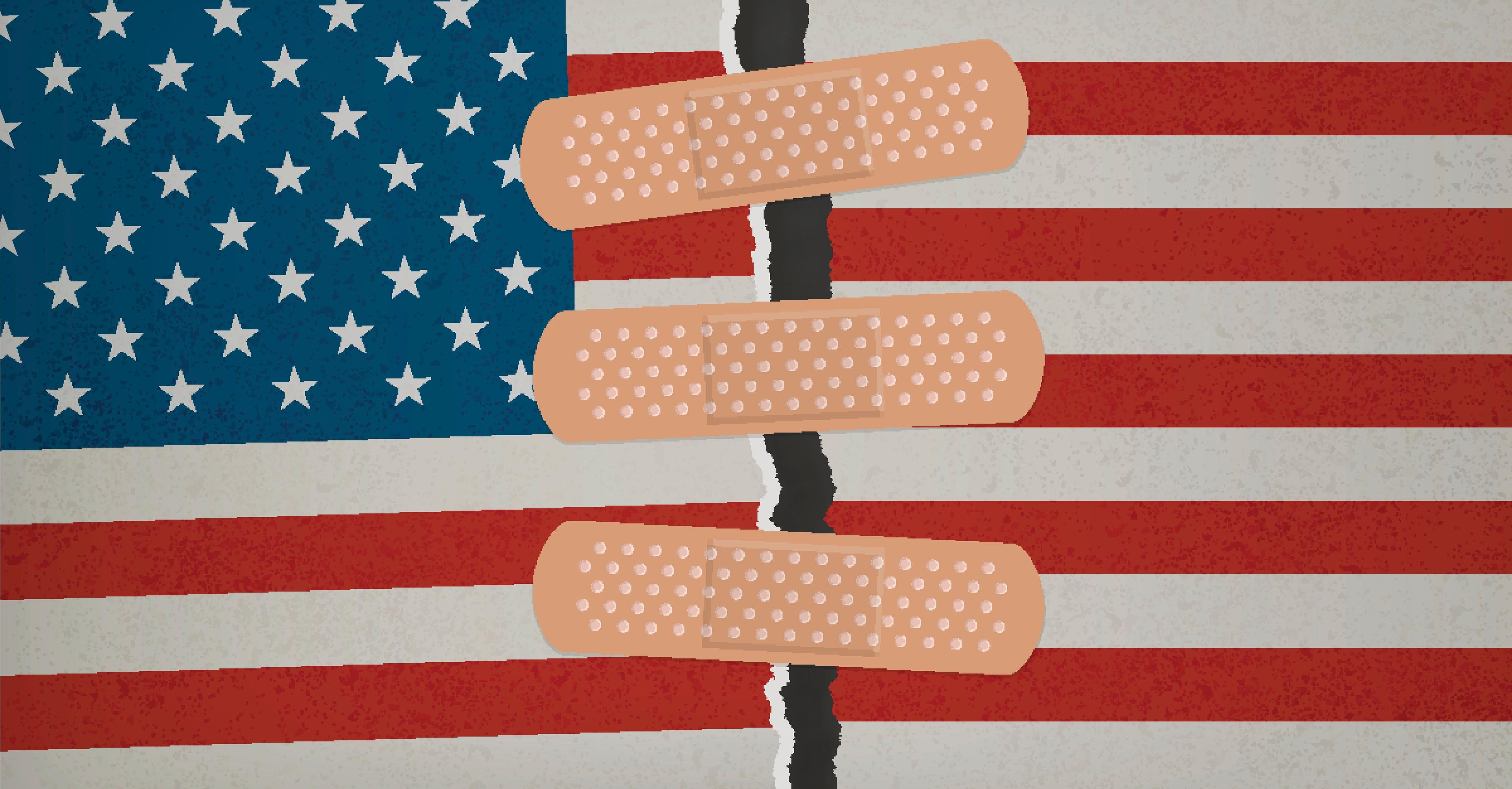The inflammation chatter is everywhere, and it’s coming for your legumes. I first heard it from a friend recovering from surgery, who blamed her unusual post-op incision site irritation on foods TikTok had (incorrectly) informed her were inflammatory, like l…

Published a year ago on Oct 1st 2024, 12:00 pm
By Web Desk

The inflammation chatter is everywhere, and it’s coming for your legumes. I first heard it from a friend recovering from surgery, who blamed her unusual post-op incision site irritation on foods TikTok had (incorrectly) informed her were inflammatory, like lentils. Antibiotics ultimately fixed her pain — turns out the incision was infected. Who knows what happened to the nutrition hearsay that lodged in her mind? Plenty of good science shows that lentils, beans, and other legumes actually have anti-inflammatory effects, but fad diets like Whole 30 demonized them years ago. Those rumors are back, along with many others, as influencers exhort people to avoid all kinds of foods with the ultimate goal of banishing inflammation from the body. That’s not something anyone would want if they understood inflammation’s complexities, says Shilpa Ravella, a Hawaii-based gastroenterologist whose book A Silent Fire explores the subject in detail. But it’s typical of the binary approach popular on social media, “where it’s either all good or all bad.” In reality, inflammation is a double-edged sword: It’s an ancient weapon that has enabled human bodies to fight off pathogens, poisons, and traumas for millennia, but it’s also a biological process that can damage and debilitate. It’s the subject not only of thousands of TikToks, but reams of scientific research. Here’s how inflammation can help us and hurt us, and what you need to know about reducing the risk it might pose to you. [Image: Not the enemy. https://platform.vox.com/wp-content/uploads/sites/2/2024/09/GettyImages-1406531782.jpg?quality=90&strip=all] Is there such a thing as good inflammation? Inflammation involves the immune system, but not all immune system activity is inflammation, says David Hafler, a neurologist and immunobiologist at Yale who specializes in the autoimmune disease multiple sclerosis. In inflammatory states, the immune system has been switched into attack mode, which on a microscopic level means a variety of specialized cells are fighting what they perceive as invaders. They often do this either by attacking their adversaries directly or by releasing toxic chemicals that create intolerable conditions for them. Many experts split inflammation into two varieties, acute and chronic. Acute inflammation is the kind that happens in the hours and days after an injury or infection. It’s rarely quiet, says Ravella: “Blood flow is increasing, fluid and protein are leaking out of the vessels,” and as a result, people experience symptoms like swelling, redness, fever, and pain either all over or at the site of a specific injury or infection. “You can feel this,” she says, “and you know that kind of inflammation is helping to heal the wound.” When it’s short-lived — typically on the order of days to weeks — this type of inflammation is beneficial to us. Without it, we wouldn’t heal wounds or fight off infections. When acute inflammation is suppressed by an immunocompromising condition or medication, people are at higher risk of getting seriously ill due to small injuries or ordinary cough-and-cold viral infections. In other words, there is such a thing as too little inflammatory activity, says Ravella: “We don’t want to go down to zero.” What makes inflammation bad? Unlike fast-moving acute inflammation, chronic inflammation — which typically lasts from months to years — is associated with collateral damage that limits both the quality and length of life. Some of the most prominent examples of chronic inflammation are autoimmune diseases, in which the immune system turns against the body — conditions like rheumatoid arthritis, inflammatory bowel diseases (Crohn’s disease and ulcerative colitis), and lupus. These diseases are initially easy to confuse with acute, infection-related inflammation because they include so many of the same symptoms. While these symptoms don’t cause harm to our bodies when they’re directed at an invader, they can hurt us when they’re directed at our own tissues. However, chronic inflammation can also be physically silent, causing few observable symptoms for years until it culminates in disease states. A lot of cardiovascular diseases, kidney diseases, and cancers overlap with this kind of systemic chronic inflammation. Because chronic inflammation is harder to detect on routine lab tests than acute inflammation is, it’s harder to diagnose and intervene. What causes chronic inflammation, and what does chronic inflammation cause? While experts for years thought chronic inflammation was merely a consequence of these illnesses, there’s now mounting evidence that in some cases, inflammation itself can actually lead to disease. The paradigm shift in the science started around 2017, says Ravella, with a clinical trial showing that in heart attack patients who had abnormally high blood levels of an inflammation-associated protein, taking an anti-inflammatory drug lowered the risk of a second heart attack by 15 percent. “The data for causation is stronger for some conditions — like heart disease and cancer — than for others,” says Ravella. For conditions like obesity, neurodegenerative disease (like Alzheimer’s and Parkinson’s diseases), and some psychiatric diseases (like depression), disentangling cause from effect is more challenging. David Furman, a Stanford immunologist who uses genomics data to study links between aging, the immune system, and cardiovascular health, says chronic inflammation is more common in people with chronic pain, older people, and those with obesity. One effect of having the immune system always set to simmer is a “boy who cried wolf” situation: It’s so used to being saturated with inflammatory proteins that “when the real threat comes in, cells don’t respond,” he says. That might explain why people in these groups were at such a vastly increased risk of death due to Covid-19 infection early in the pandemic, and why they are at higher risk for other diseases. Scientists are exploring other triggers in the world around us that could cause chronic inflammation, including poisons in our air; disruptions to our circadian rhythm and other stressors; problems with our food and water; and changes to the microbes that colonize our guts. Researchers call this range of inputs the “exposome.” It’s something we don’t have much control over — “You’re fighting a ghost,” says Furman — and yet a deep bench of research links many of these exposures to inflammatory pathways. Why is there so much confusing information about inflammation out there? In general, it’s hard to link any single exposure to a common outcome in humans because scientists cannot ethically control a person’s environment like they can with a lab rat. That makes it hard to do the kind of randomized, controlled human trials that many health experts favor. Researchers still have a lot of open questions about when inflammation is a cause, an effect, or something incidental to a disease or set of symptoms. And where there are gaps in science, people can make money and gain attention by exploiting the public’s understanding. TikTok is a showcase for many inflammation myths and scaremongering, much of it peddled by influencers who earn a living from your engagement or in some cases, are actively trying to sell you something. “Listing of a bunch of random symptoms to try to sell you a program or a product is unprofessional and predatory, if it’s even coming from a professional,” says dietitian Abbey Sharp in a TikTok debunking the “hidden signs your body is inflamed” genre. Echoing expert advice about avoiding health misinformation, Sharp suggests consumers should be suspicious of vague, oversimplified, context-free statements about the causes and fixes of inflammation, especially ones from people who make money off your attention. Additionally, be aware that foods are not necessarily inflammatory just because they make you gassy (hello again, legumes!), cause some people allergic reactions (think: soy), or aren’t tolerated by people with certain conditions. Gluten, for example, causes inflammation for people with celiac disease but is fine for most others. Okay, so what can I do to reduce chronic inflammation? There are ways to reduce your risk for the kind of chronic inflammation that may cause health problems. One of the main recommendations Hafler makes to his multiple sclerosis patients is to avoid processed foods; that nutritional habit, and many others linked to lower markers of inflammation, can also benefit people with risk factors for cardiovascular disease, but also those without specific health conditions. The inflammation-fighting diets actual experts recommend all have something in common: “We have an anti-inflammatory nutrient, perhaps our most anti-inflammatory nutrient,” says Ravella, “and that nutrient is fiber.” She recommends going well beyond the Food and Drug Administration’s recommended daily allowances of fiber — especially soluble fiber, which nourishes microbes in the gut whose work may help lower inflammation elsewhere in the body. Beans — yes, beans! — and grains are excellent sources of soluble fiber. Leafy greens and cruciferous vegetables also contain compounds that protect against inflammation, as do nuts, seeds, fatty fish like salmon and mackerel, and a whole variety of berries. Fermentation is also a powerful way to boost foods’ anti-inflammatory properties. That’s in part because the process yields good bacteria and fungi that, when eaten raw, fortify the gut microbiome. Even in fermented foods that are cooked — like sourdough bread — the microscopic architecture changes in ways that may have anti-inflammatory effects. Hafler recommends minimizing fat and salt in your diet, and all the experts I spoke to recommended avoiding processed foods, especially those that contain compounds and ingredients uncommon in home kitchens. The methods used in home kitchens are a lot less likely to cause inflammation than the ones used in industrial food production, which makes cooking from scratch really important, says Furman. That even goes for treats like ice cream, he says: The surfactants and emulsifiers that produce the smooth texture in many mass-produced ice creams temporarily alter the gut’s microbiome and reduce the intestine’s protective layer, which can contribute to inflammation in ways the raw ingredients of a homemade version wouldn’t. Spending time in nature and with other humans and animals may also reduce inflammation, in part by diversifying the microbiome, but potentially through other mechanisms. Exercise, including strength training, is also key — “Muscle is a secretory organ with anti-inflammatory properties,” says Furman — and weight control can lower risk by reducing fat cells’ secretion of pro-inflammatory substances. Ultimately, most evidence-based recommendations for an anti-inflammatory lifestyle overlap significantly with what experts have long suggested is a healthy lifestyle. We can always do more — eat ever more pesticide-free food, breathe ever-cleaner air. But “we can’t go back to being cavemen,” Furman says. It’s really up to us how far we go.
Bondi Beach shooting: Australia hails ‘hero’ Ahmed who stopped gunman
- 13 hours ago
Sources: Rangers address needs with 3 signings
- 19 hours ago
Source: Gray, Nats reach deal to avoid arbitration
- 19 hours ago

How do you know if you’re wasting your life?
- 5 hours ago
NHL board of governors eager to see more 'color vs. color' jersey matchups
- 19 hours ago
Australian PM declares Sydney shooting a ‘terrorist’ attack targeting Jews
- 13 hours ago
Pakistan aims to become model in digital assets regulation: Bilal saqib
- 13 hours ago
Diaz picked Dodgers because 'I'm looking to win'
- 19 hours ago
Under-19 Asia Cup: India beat Pakistan by 90 runs
- 13 hours ago
Security forces kill 13 Khwarij in two separate engagements in KP: ISPR
- 14 hours ago
Jays president Shapiro given new 5-year deal
- 19 hours ago

Pakistan condemns attack on UNISFA in Kadugli, Sudan
- 13 hours ago
You May Like
Trending








